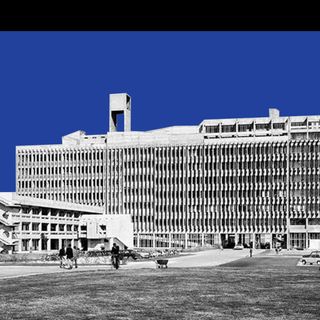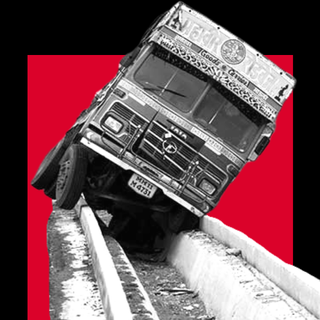Journalists in Manipur have been on an indefinite cease-work strike since Sunday, to protest against growing instances of attacks against the press. And according to a report by The Hindu, the strike has now been extended for another 48 hours since midnight yesterday.
The protest entails a news blackout — local newspapers aren’t being printed, and local cable news isn’t being broadcasted.
The strike followed the hurling of a hand-grenade on Saturday — by an unidentified, masked assailant on a moped — at the office of Poknapham, the largest circulated vernacular newspaper in Manipur. Reportedly, the media outlet had not received any threats or intimidations from anyone prior to the attack. While the grenade didn’t explode, the act has left journalists in the state worried about their safety.
“Underground actors are coming up again. At the same time, attacks from the state have also started. People are arrested and released on whim. The pressure is from the government as well,” Pradip Phanjoubam, editor of FPSJ Review of Arts and Politics from Imphal, told The Print.
Following the incident, the All Manipur Working Journalists’ Union and the Editors Guild of Manipur called for a shutdown of services in protest. The following day, journalists staged a sit-in demonstration, besides submitting a memorandum to Manipur’s CM, urging him to ensure that press in the state is allowed to function freely.
Related on The Swaddle:
All the Arguments You Need: To Convince People They Need a Free Media
The grenade-hurling is the latest in a series of attacks against journalists in India. In November 2020, the Editors Guild of India had written to the Assam CM, requesting him to urgently address the “growing incidence” of violence against journalists in the state. Just a few weeks before that, the Committee to Protect Journalists (CPJ) ranked India 12th on a global list of countries where journalists are murdered with impunity; India had ranked 13th in 2019 and 14th in 2018. Besides suggesting that the culture of attacking the press is on the rise, the CPJ report also found that 36 Indian journalists had been murdered for their work since 1992 — with only two cases resulting in convictions.
However, this trend isn’t unique to India alone. In 2020, a global report found that the number of journalists killed in retaliation for their work doubled in comparison to 2019 — suggesting that we’re in the midst of a “global climate of impunity and dangerous anti-press rhetoric.”
Despite the hostilities directed towards them, the protesting journalists aren’t seeking individual protection for every member of the press. “There are about 400 journalists in Manipur. We know we cannot demand security for all,” Khogendra Khomdram, president of the Editors Guild of Manipur, told The Print. Instead, the protesting journalists are simply seeking “safe working conditions,” Khomdram explained.
The essence of the journalists’ demand is: “The state should come down heavily on those who attack the media. But the state should also not oppress the media,” Patricia Mukhim, a Padma Shri awardee and editor of The Shillong Times, told The Print, adding that “there is a general climate of fear that we all feel in the present dispensation… We are being attacked from all sides.”




